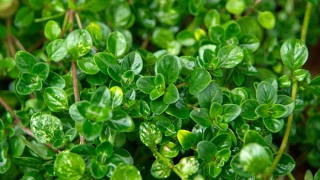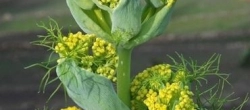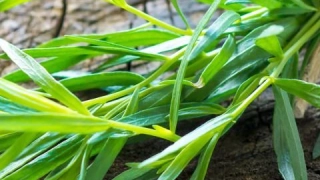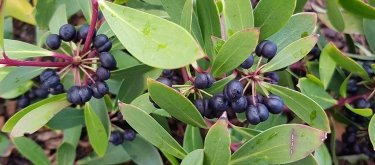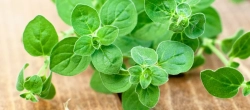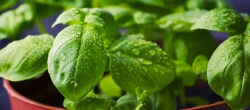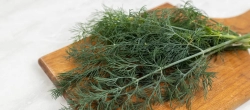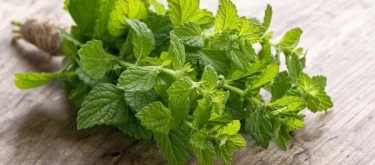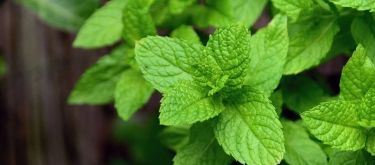Sage: Taste Profile, Aroma, Benefits and Health Risks
Sage (Salvia officinalis) is a perennial herb of the mint family (Lamiaceae), native to the Mediterranean region. Revered since ancient times for its medicinal and culinary qualities, sage has been called the “sacred herb.” It remains a staple in European, Middle Eastern, and North American cuisines, valued for its strong, distinctive flavor.
Sage is generally safe in culinary amounts, but concentrated sage oil contains thujone, which may be toxic in high doses. People with epilepsy or severe neurological conditions should avoid excessive consumption of concentrated extracts. Pregnant women should avoid large amounts of sage tea or oil due to risk of uterine stimulation.
What does Sage taste like?
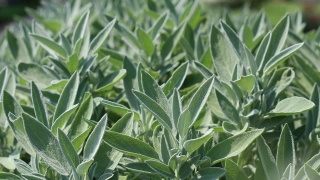
Complete Sensory Description
-
Taste: Strong, earthy, slightly peppery with bitter and astringent tones. Some varieties add pine-like and citrus nuances.
-
Aroma: Pungent, warm, camphor-like fragrance, often described as medicinal or balsamic.
-
Texture: Leaves are soft, velvety, and slightly fuzzy; dried leaves become brittle and crumbly.
-
Appearance: Oval, gray-green leaves covered in fine hairs, giving them a silvery look. Stems woody with age, flowers small and purple-blue.
In-depth Flavor Analysis
Sage’s characteristic flavor comes from thujone, cineole, borneol, and camphor, giving it camphoraceous, herbal, and slightly bitter notes.
-
Fresh sage: sharper, greener, slightly citrus-like.
-
Dried sage: deeper, earthier, with intensified bitterness.
-
Cooking: prolonged heating mellows bitterness and releases savory, almost meaty notes.
This chemical complexity makes sage particularly effective in cutting through rich, fatty dishes such as pork, sausages, and butter-based sauces.
Varieties and Culinary Applications
-
Common sage (Salvia officinalis): most widely used in cooking.
-
Clary sage (Salvia sclarea): more floral, used in perfumery and herbal medicine.
-
Greek sage: used in Mediterranean teas and remedies.
Culinary uses:
-
European cuisines: stuffing for poultry, flavoring for sausages, pasta, and gnocchi.
-
Mediterranean cooking: paired with lamb, pork, and root vegetables.
-
Infused oils, butter, and vinegar.
-
Herbal teas for digestion and sore throats.
Selection and Storage
-
Selection: Choose fresh sage with firm, gray-green leaves and strong aroma. Avoid wilted or blackened leaves.
-
Storage: Refrigerate fresh sage wrapped in a damp paper towel for up to one week. Dry sage lasts 6–12 months in airtight containers away from light.

Nutritional Insights
-
Rich in vitamin K, essential for blood clotting and bone health.
-
Contains antioxidants such as rosmarinic acid and carnosic acid.
-
Traditionally used to support digestion, memory, and oral health.
-
Studies suggest sage extracts may help regulate blood sugar and improve cognitive performance.
Expert Insights & Culinary Tips
-
Fry sage leaves in butter for a crispy garnish.
-
Pairs especially well with fatty meats, creamy sauces, and starchy foods like pasta or potatoes.
-
Use sparingly: its flavor is strong and can dominate.
-
Infuse sage in butter or cream for sauces.
-
Sage tea is a traditional remedy for sore throat and indigestion.
Interesting and Curious Facts
-
In ancient Rome, sage was harvested through ritual involving special tools and clothing.
-
The name Salvia comes from Latin salvare (“to heal”).
-
In European folklore, sage symbolized wisdom and longevity.
-
Native American traditions burn sage in cleansing rituals (“smudging”).
Harm and Dietary Considerations
-
Large amounts of sage tea or oil can cause nausea, dizziness, and seizures due to thujone content.
-
Pregnant and breastfeeding women should avoid concentrated preparations.
-
People with epilepsy or kidney problems should consult a doctor before using medicinal sage.
Religious Dietary Considerations
Sage is permissible in all major religions with no dietary restrictions. It has ceremonial importance in Native American and some neo-pagan practices but no prohibitions in Christianity, Islam, Judaism, Hinduism, or Buddhism.
Final Thoughts & Sensory Journey
Sage is an herb of deep character, balancing bitterness, pungency, and warmth with unique aromatic complexity. Its bold flavor makes it a powerful accent in cooking, especially with rich meats and sauces, while its historical and medicinal heritage continues to reinforce its reputation as a sacred and healing plant.
Resources
-
Harold McGee, On Food and Cooking: The Science and Lore of the Kitchen. Scribner, 2004. ISBN 978-0684843285
-
Andrew Chevallier, Encyclopedia of Herbal Medicine. DK Publishing, 2016. ISBN 978-1465449818
-
K. Perry et al., “Phytochemical Composition and Antioxidant Activity of Sage (Salvia officinalis).” Journal of Agricultural and Food Chemistry, 1999. DOI: 10.1021/jf9811308
-
E. Stahl-Biskup & F. Sáez, Medicinal and Aromatic Plants – Industrial Profiles: Sage. CRC Press, 2002. ISBN 978-0415272153
